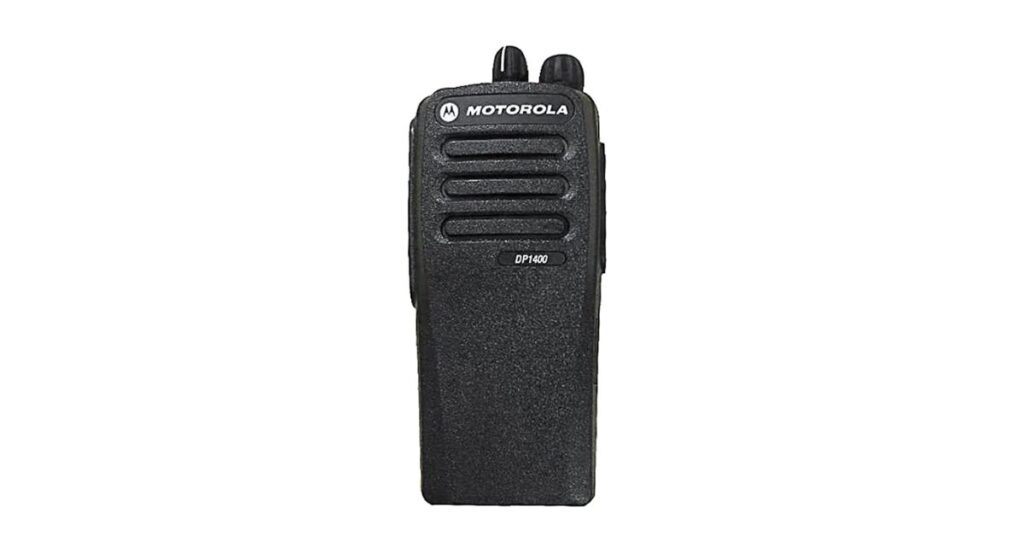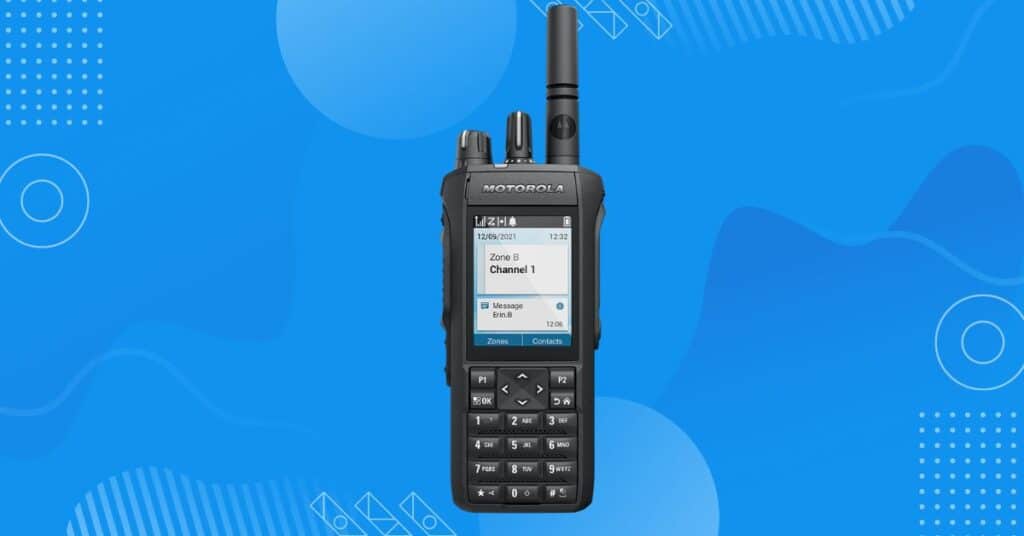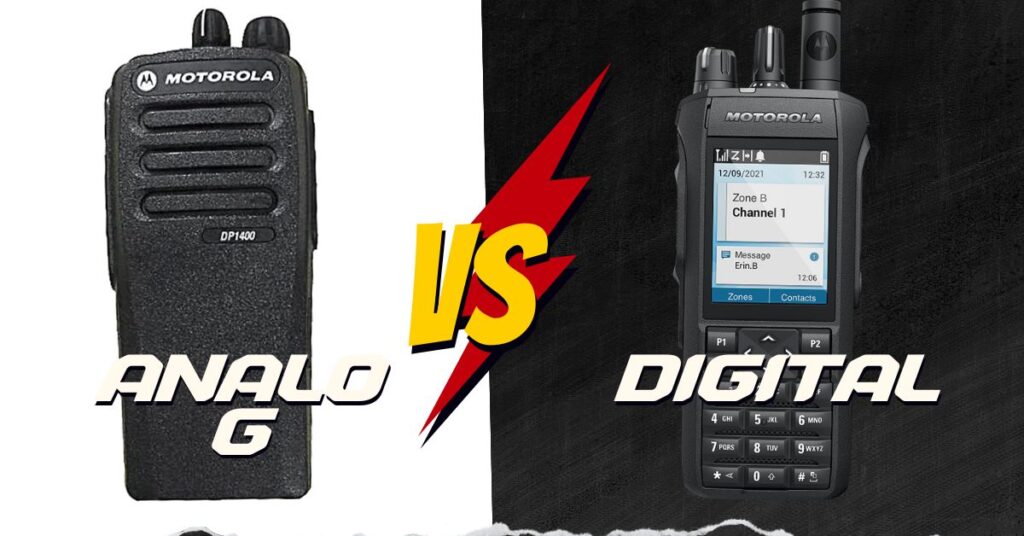When you’re picking between analog and digital walkie-talkies, it’s like deciding between different types of phones. Digital walkie-talkies have cool features and make voices clearer, kind of like when you use a new smartphone. Analog walkie-talkies are simpler and might be better for certain situations. It’s important to know the differences between these two types of walkie-talkies so you can choose the right one for what you need. Let’s find out what the difference is between analog and digital walkie-talkies.
Contents
Understanding Analog Walkie-Talkies

Analog walkie-talkies are like old-school radios that you can talk into and listen to without needing a phone or internet connection. Here’s how they work:
Definition and basic operation: Analog walkie-talkies send and receive messages using radio waves. When you press the button to talk, your voice is turned into radio signals and sent out to the other walkie-talkie.
Advantages: Analog walkie-talkies are straightforward to use. You just press a button and talk, no fancy setup is needed. They’re also reliable in places where digital signals might struggle, like in remote areas or during emergencies.
Limitations and drawbacks: One downside is that analog signals can sometimes get fuzzy or be affected by interference from other devices or buildings. They also don’t have as many features as digital walkie-talkies, like texting or GPS tracking. So while they’re simple and reliable, they might not have everything you need in certain situations.
Exploring Digital Walkie-Talkies

Digital walkie-talkies are like modern smartphones but without the need for a network provider. Let’s explore them:
Definition and how digital walkie-talkies differ from analog: Unlike analog walkie-talkies that send radio signals directly, digital walkie-talkies convert your voice into data packets, similar to how smartphones send messages. This digital format allows for clearer communication and more features.
Advanced features and capabilities of digital walkie-talkies: Digital walkie-talkies come with cool features like text messaging, GPS tracking, and the ability to communicate over longer distances without losing quality. They can also encrypt messages for added security.
Considerations for choosing digital walkie-talkies: If you need advanced features like texting or GPS tracking, or if you want clearer communication over longer distances, digital walkie-talkies might be the way to go. However, they can be more expensive and may require a bit more know-how to operate compared to analog walkie-talkies.
Analog vs Digital Walkie Talkies Comparing

Let’s see how analog and digital walkie-talkies stack up against each other.
Audio quality comparison:
Digital walkie-talkies usually have clearer sound than analog ones. They can send voices more clearly over long distances without as much interference from other things around.
Durability and battery life differences:
Analog walkie-talkies are often simpler and tougher, so they can handle outdoor adventures or rough places better. But digital walkie-talkies can last longer on a single battery charge because they use power more efficiently.
Cost considerations for analog versus digital models:
Analog walkie-talkies are usually cheaper when you buy them first. They’re good if you only need them for a short time or for simple things. Digital walkie-talkies cost more because they have fancy features and technology. But in the long run, they might be a better deal because they can do more and last longer. Think about your budget and what you need before choosing between analog and digital walkie talkies.
Factors to Consider When Selecting Between Analog and Digital
When deciding between analog and digital walkie talkies, think about these things:
Intended use and environment: Consider where you’ll use them. Analog walkie-talkies are great for outdoor adventures or places where it might get rough. Digital walkie-talkies might be better for professional settings where you need clear communication over long distances.
Required features and functionalities: Think about what you need them to do. Digital walkie-talkies have more features like texting or GPS tracking. If you need those, digital might be the way to go. But if you just need basic communication, analog could work fine.
Compatibility with existing communication systems: If you already use walkie-talkies or other communication devices, think about how well the new ones will work with what you already have. Sometimes it’s easier to stick with one type to avoid compatibility issues.
Case Studies and Real-world Applications
Let’s look at some real-life situations where analog and digital walkie-talkies shine.
Examples of scenarios where analog walkie-talkies excel:
Outdoor Adventures: Analog walkie-talkies are great for hiking, camping, or outdoor activities where simplicity and durability are key. They can handle rough conditions and provide reliable communication in remote areas.
Construction Sites: In noisy environments like construction sites, analog walkie-talkies can cut through the noise and provide clear communication among workers.
Instances where digital walkie-talkies offer superior performance:
Emergency Services: Digital walkie-talkies are preferred by emergency responders such as police, firefighters, and paramedics due to their advanced features like GPS tracking and encrypted communication, which enhance safety and coordination during critical situations.
Large Events or Festivals: Digital walkie-talkies are ideal for managing large crowds and coordinating security teams at events or festivals. Their long-range communication and ability to send text messages facilitate efficient organization and response.
Conclusion
Overall, we compared what analog walkie-talkies can do, how well they can hear, and how durable they are. It’s super important to think about what you really need and what you prefer before making your decision. Analog walkie-talkies are basic and dependable, while digital ones offer more features and clearer sound. So, when you’re choosing between analog and digital walkie talkies, think about what you’ll be using them for and what features are most important to you. Then, you can pick the one that’s just right for you and your friends, depending on where and how you’ll use them.
